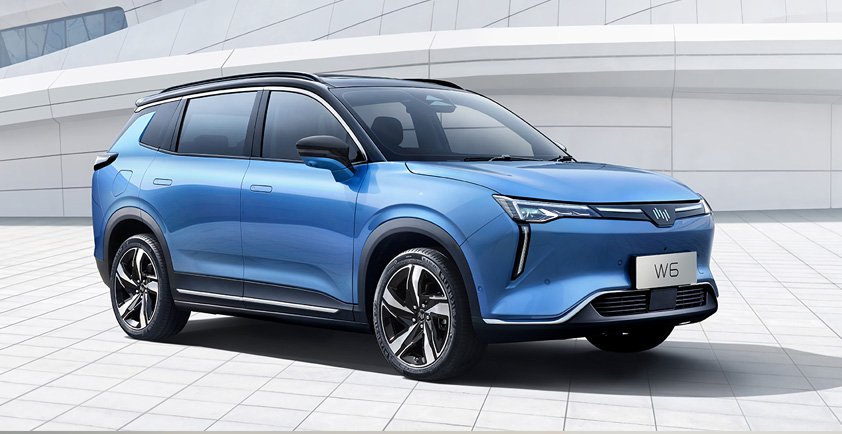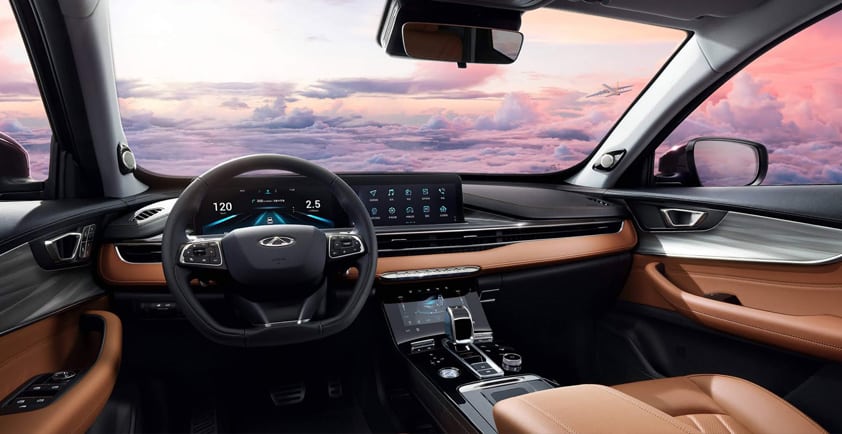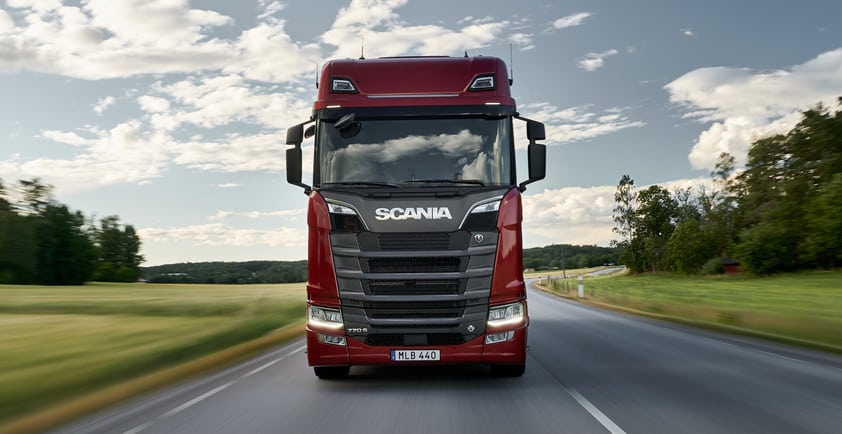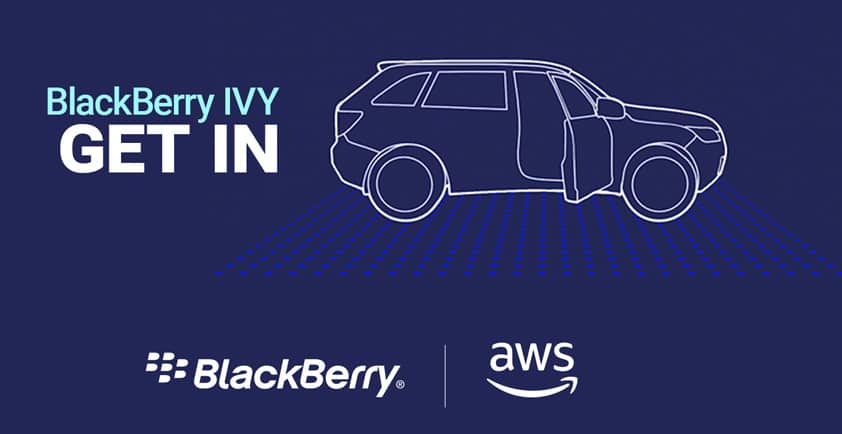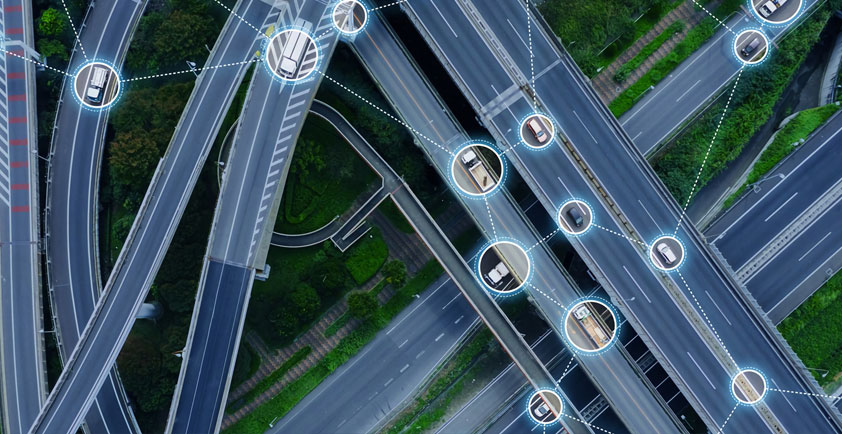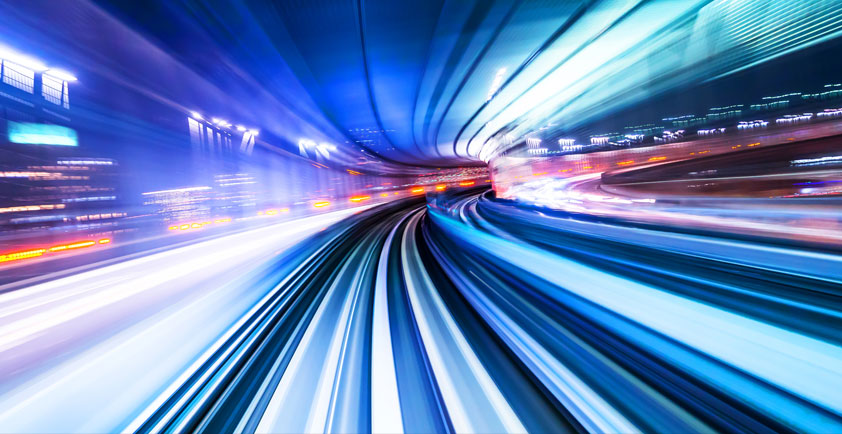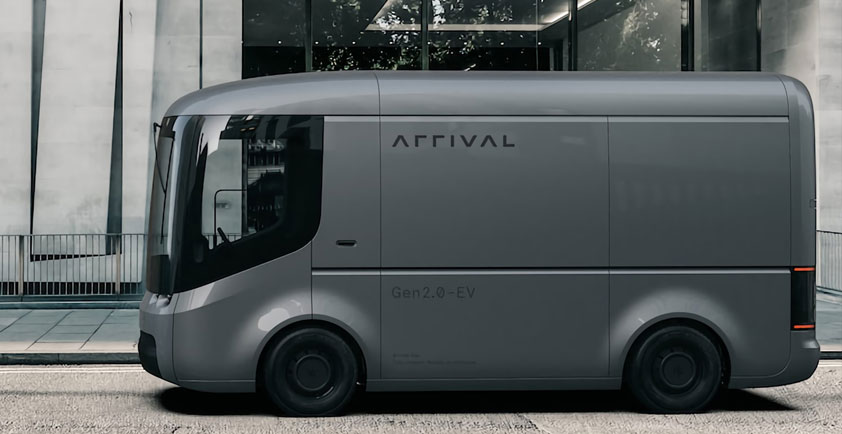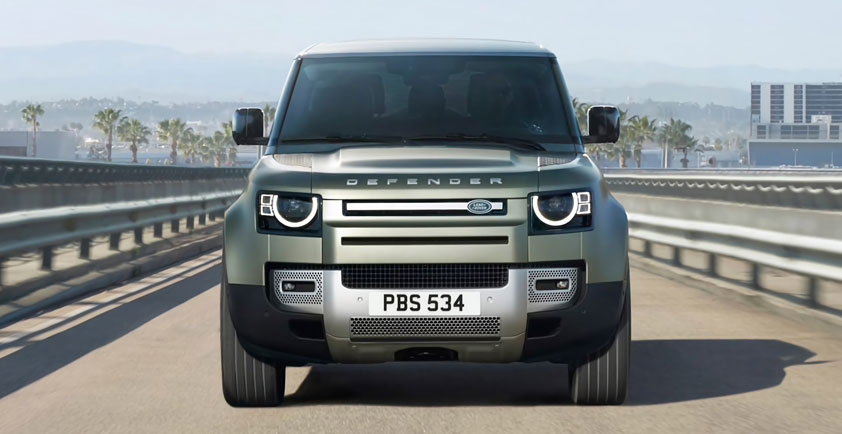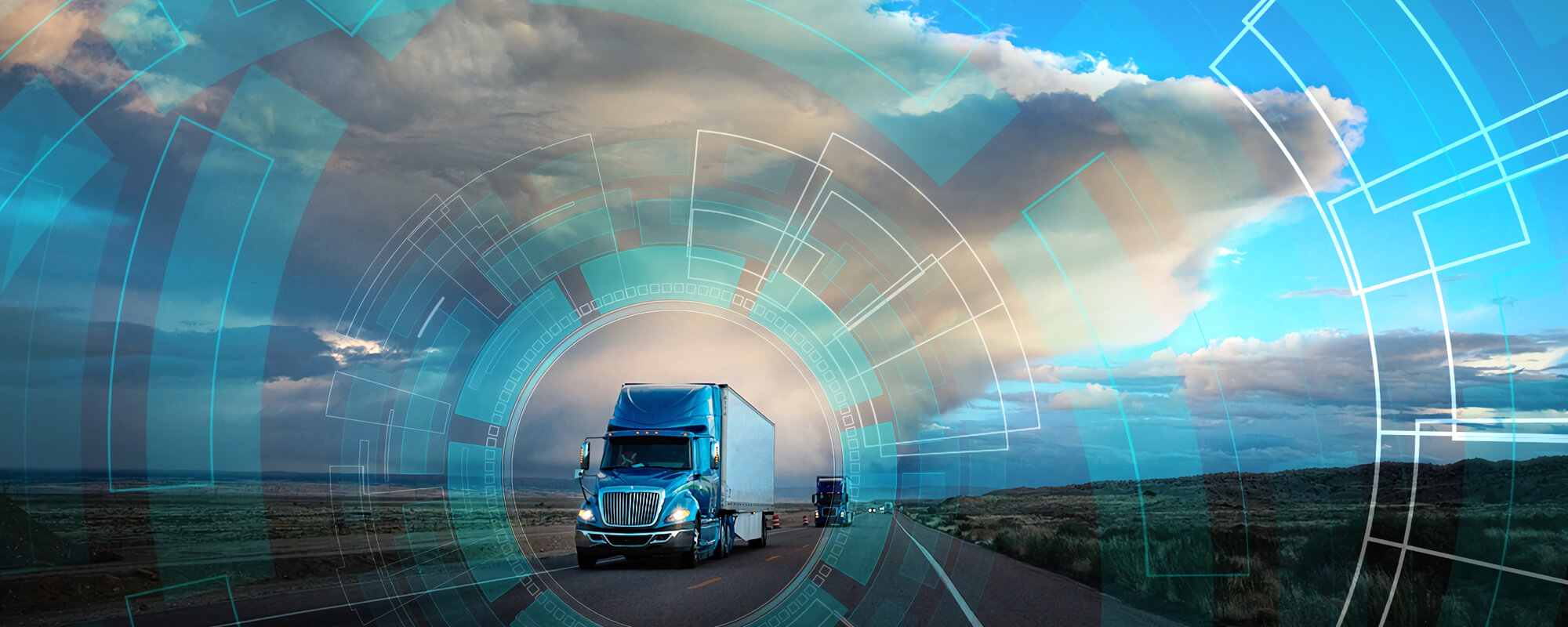
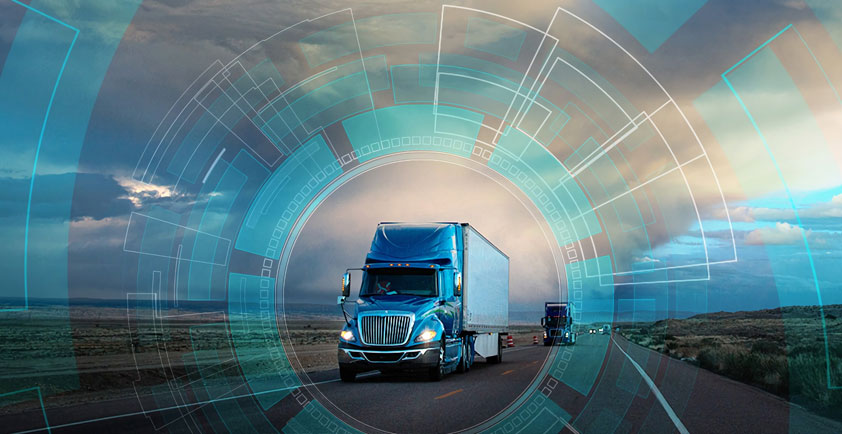
BLACKBERRY EXPANDS LINE-UP OF ASSET MONITORING SOLUTIONS WITH BLACKBERRY RADAR H2
ATLANTA – Today at the American Trucking Associations’ Technology & Maintenance Council Annual 2019 Meeting, the industry’s largest fleet-focused technical event, BlackBerry Limited launched BlackBerry Radar® H2, a new intelligent, data-driven asset monitoring device that can help automate operations, improve utilization of trailers, containers, chassis and other remote assets, as well as ensure assets are safe and secure.
Available now, BlackBerry Radar H2 expands on the core capabilities of BlackBerry® Radar-M, to provide enhanced coverage and connectivity to the latest 4G LTE cellular networks, as well as a wireless gateway that can also connect to wireless sensors, such as cargo sensors, tire pressure monitoring systems, brake sensors and weigh-in-motion devices. Additionally, when mounted on a chassis, BlackBerry Radar H2 can detect whether a container is either ‘on’ or ‘off’ with no additional wires or external sensors.
“For the intermodal and trucking industries, timely and accurate information on asset location, performance, and utilization improvement has never been more important,” said Christopher Plaat, SVP and GM, BlackBerry Radar, BlackBerry. “BlackBerry Radar H2 will deliver what our solution has long been known for – data you can trust, 10-minute installation, long-lasting battery life, low maintenance and the scalability that fleet owners need as business needs change.”
BlackBerry Radar H2 collects up to 100x more data than conventional GPS-based track and trace solutions, and provides this information in near real-time through an intuitive online dashboard. Its high-capacity built-in lithium thionyl chloride battery provides three times the energy density of other industry deployed power sources, and operates in extreme temperatures from -40°C to +85°C (-40 to +185°F). No installation training is needed, and devices begin tracking without calibration
WITH BLACKBERRY RADAR, TRUCKING PROGRESSES INTO THE DIGITAL AGE
Though tech giants and manufacturing pillars garner most of our economic attention, the real driver of the U.S. economy are truck drivers. Long-haul trucking accounts for 70 percent of domestic freight by weight and plays a critical role in the nation’s supply chain, ensuring everything from dental supplies to the produce at your local grocery store, arrives on time and intact.
But as trucking grows in importance, it must modernize to confront structural problems exacerbated by what the Wall Street Journal recently called “the busiest year for freight trucking demand in recent memory.” This is due to soaring e-commerce, burgeoning industrial production and the surging U.S. economy post the 2008 recession. In fact, trucks moved 11.49 billion tons of freight in the U.S. in 2018, up 15.3 percent from 2014 but likely curtailed by an industry-wide shortage of 60,000 drivers.
And while a chassis shortage, tariff threats and port congestion woes have been making waves and headlines across the industry as of late, maximizing efficiencies and happiness for drivers is one issue that all fleets are aware of.
In the short term, addressing what is a significant labor gap requires more efficient operations to maximize shipping capacity. And like many efficiency problems across varying industries, technology must play a starring role. That’s where BlackBerry Radar comes in as a complete asset tracking solution to provide real-time visibility into the location, status and utilization of assets.
That’s important because though a lack of drivers obviously plays a role in the shipping shortage, so too does the fact that trucks frequently ride empty. Additionally, too many hours are often wasted waiting around for the cargo to be loaded or unloaded. In fact, trucks drive empty 25 to 40 percent of the time, and a recent study found that loading dock wait times of six or more hours have jumped 27.4 percent since 2014, straining shipping operations and costing drivers and trucking companies over $1 billion annually in lost revenue.
For a nation dependent on trucking to move the majority of its goods, this mismatch between supply and demand poses a serious economic threat and one that has already resulted in higher prices and cancelled shipments. In some cases, companies have even slashed full-year earnings outlooks.
With BlackBerry Radar, fleet managers can quickly, easily and affordably improve operations while retaining the autonomy and relationships upon which the industry depends. For example, rather than searching the yard for the correct trailer, drivers use real-time GPS to quickly and efficiently locate assigned equipment, and get back on the road. And if the trailer has been moved between the time of dispatch and driver arrival, BlackBerry Radar can automatically communicate the updated status and location directly to the driver.
BlackBerry Radar also provides dispatchers accurate information on whether or not a trailer has the correct load status for pick-up. This helps drivers either arrive earlier than planned or avoid pick-up entirely. If they’re already in the area, dispatchers can also quickly determine whether an alternate trailer is ready now, ensuring the best use of fleet assets and saving drivers time and money.
This efficiency in shipping capacity precipitated by BlackBerry Radar not only helps the entire U.S. economy, but also the nearly one million individual shipping companies who are forced to turn down freight on a daily basis.
The information gathered from BlackBerry Radar helps fleet operators determine typical load and unload times as well as space utilization, resulting in more strategic trucking operations. Operators can then work with customers to optimize processes to maximize trailer utilization and load times. For Titanium Transportation Group, that process resulted in the company saving nearly $1 million per year, and drivers saving nearly an hour per day.
The latter benefit is particularly important for an industry that must hire 1.1 million new drivers over the next decade to replace retiring drivers and keep pace with economic demand. Part of that recruitment drive, experts say, must involve improving driver conditions to compete in a tight labor market.
That’s yet another benefit of BlackBerry Radar. It allows the industry to tackle two of its largest threats at the same time. In saving drivers time and money, it begins improving driver conditions to introduce a new demographic to what has always been a stable, well-paying and attractive position. And in improving efficiency, it better serves the industry’s bottom line and the needs of the nation.
In many industries, modernization is a difficult and time-consuming process. But in the freight and logistics industry, it’s as simple as BlackBerry Radar.
To find out more about BlackBerry Radar, visit www.blackberry.com/radar.
